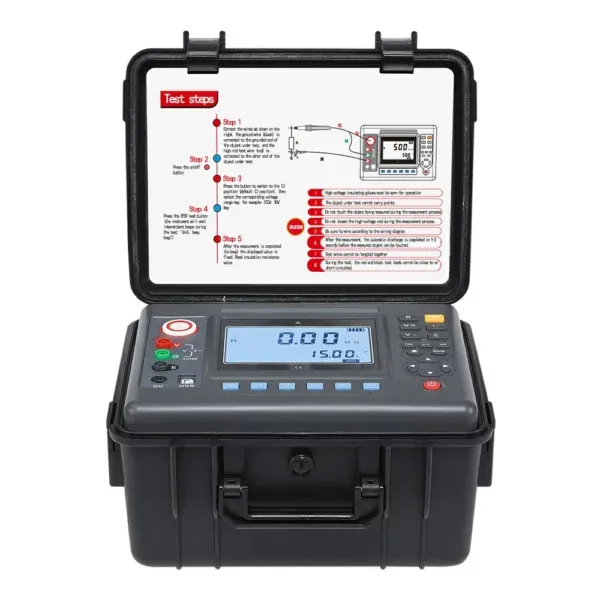 English
English



-
 Afrikaans
Afrikaans -
 Albanian
Albanian -
 Amharic
Amharic -
 Arabic
Arabic -
 Armenian
Armenian -
 Azerbaijani
Azerbaijani -
 Basque
Basque -
 Belarusian
Belarusian -
 Bengali
Bengali -
 Bosnian
Bosnian -
 Bulgarian
Bulgarian -
 Catalan
Catalan -
 Cebuano
Cebuano -
 China
China -
 China (Taiwan)
China (Taiwan) -
 Corsican
Corsican -
 Croatian
Croatian -
 Czech
Czech -
 Danish
Danish -
 Dutch
Dutch -
 English
English -
 Esperanto
Esperanto -
 Estonian
Estonian -
 Finnish
Finnish -
 French
French -
 Frisian
Frisian -
 Galician
Galician -
 Georgian
Georgian -
 German
German -
 Greek
Greek -
 Gujarati
Gujarati -
 Haitian Creole
Haitian Creole -
 hausa
hausa -
 hawaiian
hawaiian -
 Hebrew
Hebrew -
 Hindi
Hindi -
 Miao
Miao -
 Hungarian
Hungarian -
 Icelandic
Icelandic -
 igbo
igbo -
 Indonesian
Indonesian -
 irish
irish -
 Italian
Italian -
 Japanese
Japanese -
 Javanese
Javanese -
 Kannada
Kannada -
 kazakh
kazakh -
 Khmer
Khmer -
 Rwandese
Rwandese -
 Korean
Korean -
 Kurdish
Kurdish -
 Kyrgyz
Kyrgyz -
 Lao
Lao -
 Latin
Latin -
 Latvian
Latvian -
 Lithuanian
Lithuanian -
 Luxembourgish
Luxembourgish -
 Macedonian
Macedonian -
 Malgashi
Malgashi -
 Malay
Malay -
 Malayalam
Malayalam -
 Maltese
Maltese -
 Maori
Maori -
 Marathi
Marathi -
 Mongolian
Mongolian -
 Myanmar
Myanmar -
 Nepali
Nepali -
 Norwegian
Norwegian -
 Norwegian
Norwegian -
 Occitan
Occitan -
 Pashto
Pashto -
 Persian
Persian -
 Polish
Polish -
 Portuguese
Portuguese -
 Punjabi
Punjabi -
 Romanian
Romanian -
 Russian
Russian -
 Samoan
Samoan -
 Scottish Gaelic
Scottish Gaelic -
 Serbian
Serbian -
 Sesotho
Sesotho -
 Shona
Shona -
 Sindhi
Sindhi -
 Sinhala
Sinhala -
 Slovak
Slovak -
 Slovenian
Slovenian -
 Somali
Somali -
 Spanish
Spanish -
 Sundanese
Sundanese -
 Swahili
Swahili -
 Swedish
Swedish -
 Tagalog
Tagalog -
 Tajik
Tajik -
 Tamil
Tamil -
 Tatar
Tatar -
 Telugu
Telugu -
 Thai
Thai -
 Turkish
Turkish -
 Turkmen
Turkmen -
 Ukrainian
Ukrainian -
 Urdu
Urdu -
 Uighur
Uighur -
 Uzbek
Uzbek -
 Vietnamese
Vietnamese -
 Welsh
Welsh -
 Bantu
Bantu -
 Yiddish
Yiddish -
 Yoruba
Yoruba -
 Zulu
Zulu
Line Resistance Measurement Device for Electrical Network Testing and Diagnostics
Understanding Line Impedance Testers A Key Tool for Electrical Engineers
In the realm of electrical engineering, ensuring the integrity and functionality of power systems is paramount. Among the various tools used for this purpose, the Line Impedance Tester (LIT) stands out as an essential device. This instrument helps engineers evaluate the impedance of electrical circuits and is crucial in identifying potential issues that could affect system performance.
What is Line Impedance Testing?
Line impedance testing involves measuring the impedance of the electrical connections in a circuit. Impedance, which encompasses resistance, inductance, and capacitance, is a measure of how much a circuit opposes the flow of electrical current. By testing the impedance of lines, engineers can assess the overall health of an electrical system, which is critical for ensuring safety and efficiency.
Importance of Line Impedance Testing
1. System Performance and Efficiency High impedance in a circuit can lead to significant power loss due to heating effects; this inefficiency can result in higher operational costs. By regularly testing line impedance, engineers can ensure that systems operate at optimal performance, reducing unnecessary energy waste.
2. Detecting Faults Variations in expected impedance values can indicate faults or weaknesses within an electrical system. This could range from a breakdown of insulation materials to loose connections. Early detection through impedance testing allows for timely repairs, preventing major failures that could result in costly downtime or safety hazards.
3. Compliance with Standards Many regulatory bodies and industry standards require periodic testing of electrical systems to ensure they meet specific impedance criteria. Line impedance testers facilitate compliance with these regulations, contributing to overall system safety and reliability.
How Line Impedance Testing Works
line impedance tester

The process typically involves connecting the Line Impedance Tester to the circuit being evaluated. The tester then sends a small, controlled current through the circuit and measures the voltage drop across it. Using Ohm’s Law (V = IR), engineers can calculate the impedance (Z = V/I). The results can provide insights into both the quality of connections and the condition of the materials used in the circuit.
Modern line impedance testers come equipped with advanced features, such as automatic data logging, analysis software, and connectivity options that allow for real-time monitoring. These enhancements improve the efficiency of testing processes, making it easier for engineers to track changes over time.
Best Practices for Using Line Impedance Testers
To maximize the effectiveness of line impedance testing, engineers should follow several best practices
- Regular Testing Establish a routine testing schedule to monitor the impedance of electrical systems. This proactive approach can help identify problems before they escalate.
- Thorough Documentation Keep detailed records of all testing results, including any anomalies observed during testing. This data is invaluable for trend analysis and long-term planning.
- Training and Calibration Ensure that all personnel using the testers are adequately trained and that the equipment is routinely calibrated to maintain accuracy.
Conclusion
In conclusion, line impedance testers are invaluable tools in the field of electrical engineering. They provide critical insights into the performance and health of electrical systems, enabling engineers to maintain efficiency, ensure compliance, and enhance safety. As technology evolves, we can expect further innovations in line impedance testing methodologies and equipment, making these essential practices even more effective in safeguarding our electrical infrastructure. Regular implementation of these tests not only protects investments but also contributes to the sustainability of electrical systems in an increasingly energy-conscious world.
-
Testing Equipment Industry Sees Major Advancements in 2025: Smart & Precision Technologies Lead the WayNewsJun.06,2025
-
Applications of Direct Current Generators in Renewable Energy SystemsNewsJun.05,2025
-
Hipot Tester Calibration and Accuracy GuidelinesNewsJun.05,2025
-
Digital Circuit Breaker Analyzer Features and BenefitsNewsJun.05,2025
-
Benefits of Real-Time Power Quality Monitoring Devices for Industrial EfficiencyNewsJun.05,2025
-
Earth Fault Loop Testing in High-Rise Building Electrical SystemsNewsJun.05,2025



